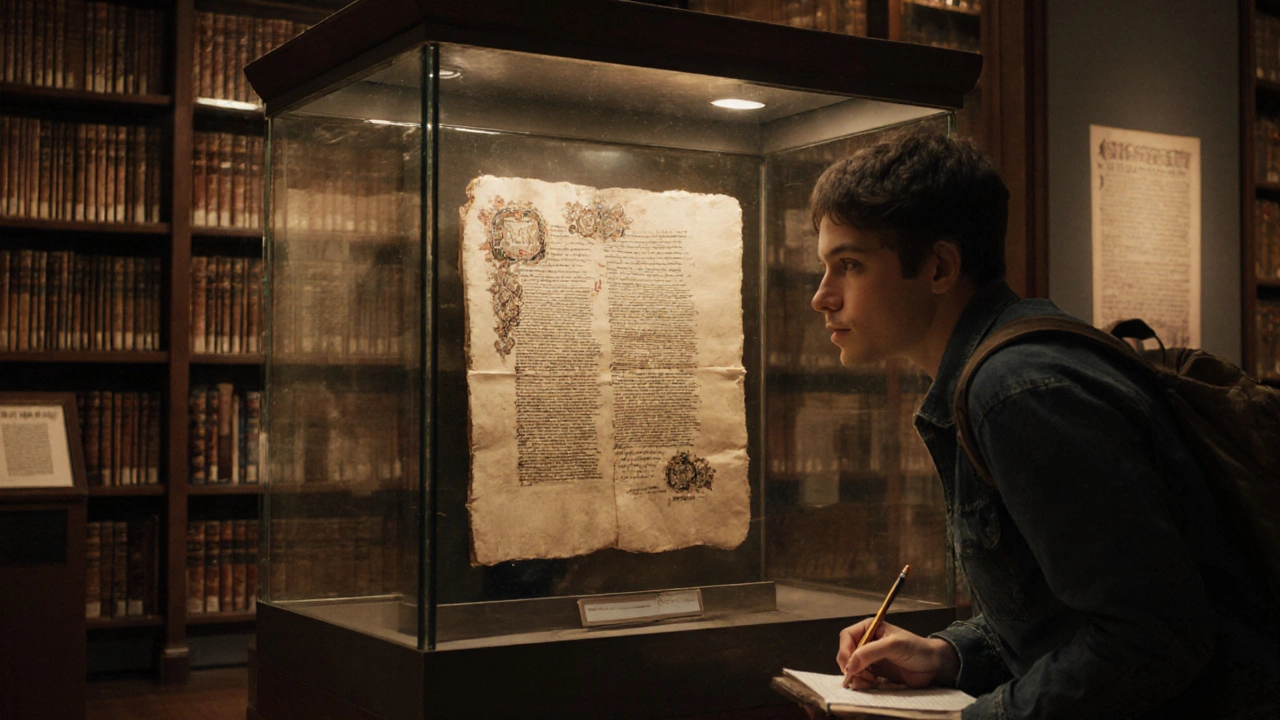Literary Collections London: Books, Bookshops, and the City’s Reading Culture
When you think of literary collections London, curated groups of written works preserved in libraries, bookshops, and private archives across the city. Also known as London’s literary heritage, it’s not just about old books—it’s about the people who read them, the spaces that hold them, and the stories that keep coming back to life. London doesn’t just collect books; it breathes them. From the quiet reading rooms of the London Library, one of the world’s oldest independent lending libraries, founded in 1841, with over a million volumes and no due dates to the cluttered shelves of Daunt Books, a beloved independent bookshop in Marylebone where travel literature is arranged by country, not genre, the city’s literary soul is alive in the details. You won’t find these collections in a single museum. They’re scattered across alleyways, tucked into basement corners, and stacked on windowsills in Camden and Islington.
What makes London’s literary collections different? They’re not just archives—they’re living ecosystems. The National Portrait Gallery, where portraits of writers like Virginia Woolf and Charles Dickens hang alongside activists and poets, connects literature to real faces and real struggles. Meanwhile, the British Library, home to the Magna Carta and original manuscripts of Jane Austen, holds the weight of centuries, but it’s the small, local libraries—like the one in Hackney or the one under the arches near Elephant & Castle—that keep the habit alive for students, immigrants, and retirees alike. You don’t need a ticket to feel part of it. Walk into any independent bookshop and you’ll find someone who remembers the last time you were there, or who’ll hand you a book they think you’ll love, even if you didn’t know you needed it.
London’s literary collections aren’t just about what’s written—they’re about who reads it, where, and why. The city’s bookshops don’t just sell books; they host readings, writing workshops, and midnight poetry nights. Libraries offer free internet, job help, and quiet spaces for people who don’t have them at home. And when you walk past a bench in Hyde Park where someone’s reading a worn copy of Middlemarch, or spot a stack of secondhand novels outside a Tube station, you’re seeing the real collection—the one that doesn’t need a catalog number. This page brings together the best of what London offers: the hidden bookshops, the quiet libraries, the stories behind the shelves, and the everyday readers who keep the tradition going. Below, you’ll find real guides to the places, people, and moments that make London more than a city of tourists—it’s a city of readers.
